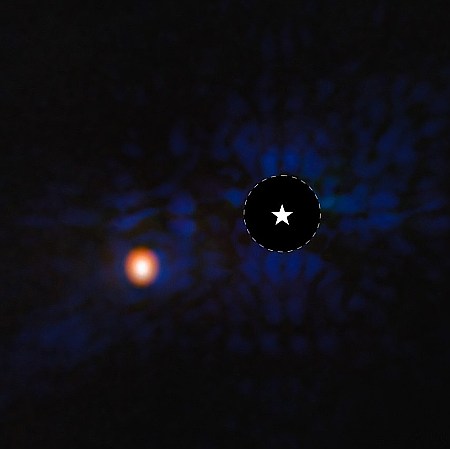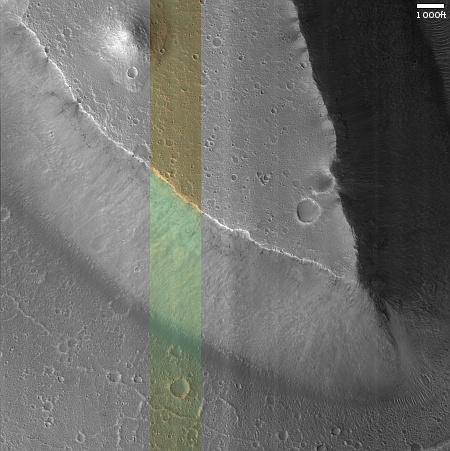NASA/Boeing: Cause of Starliner thruster failure identified
According to NASA and Boeing officials, ground static fire engine tests have now identified the likely cause of the thruster failures on the Starliner capsule during its docking to ISS in early June, and puts them in a position next week to determine a return date for the capsule and its two astronauts.
It appears the problem is related to teflon seals in the thrusters, detected while engineers did a series of tests on the ground with another Starliner capsule. Based on this information, Boeing thinks it can fix the problem on future capsules, while also insuring there will be no problems returning the astronauts from ISS.
The thrusters in question are all attitude thrusters, where there is a lot of redundancy and the issue has been seen to be well controlled from the start. The larger thrusters used for the undocking and de-orbit burn have been tested as well, and have not shown any similar issues at all.
The ground tests have also identified the cause of the helium leaks within the capsule engine system. Boeing will use this data to fix later capsules as well. These leaks are not a concern for the return to Earth.
The plan now is to do in the next few days one more set of static fire tests with the capsule docked on ISS, doing short bursts with all the attitude thrusters to further confirm what has been learned on the ground. If that goes as expected, a final meeting next week will determine the return date for the capsule and crew.
According to NASA and Boeing officials, ground static fire engine tests have now identified the likely cause of the thruster failures on the Starliner capsule during its docking to ISS in early June, and puts them in a position next week to determine a return date for the capsule and its two astronauts.
It appears the problem is related to teflon seals in the thrusters, detected while engineers did a series of tests on the ground with another Starliner capsule. Based on this information, Boeing thinks it can fix the problem on future capsules, while also insuring there will be no problems returning the astronauts from ISS.
The thrusters in question are all attitude thrusters, where there is a lot of redundancy and the issue has been seen to be well controlled from the start. The larger thrusters used for the undocking and de-orbit burn have been tested as well, and have not shown any similar issues at all.
The ground tests have also identified the cause of the helium leaks within the capsule engine system. Boeing will use this data to fix later capsules as well. These leaks are not a concern for the return to Earth.
The plan now is to do in the next few days one more set of static fire tests with the capsule docked on ISS, doing short bursts with all the attitude thrusters to further confirm what has been learned on the ground. If that goes as expected, a final meeting next week will determine the return date for the capsule and crew.











